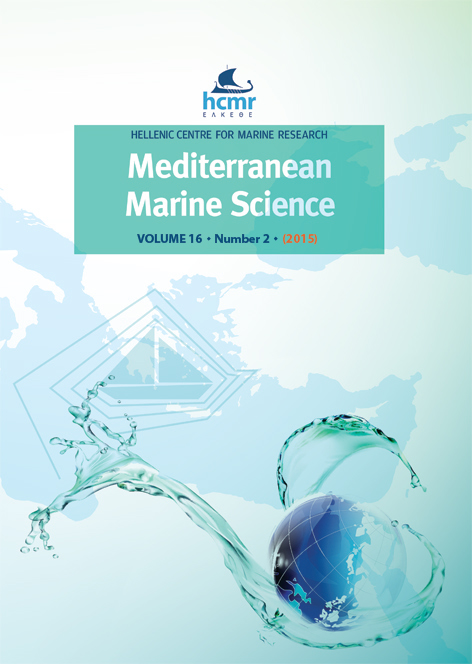An updated overview of the geographic and bathymetric distribution of Savalia savaglia
Résumé
The distribution of gold coral Savalia savaglia is modified on the basis of bibliographic information and recent occurrence data, collected using a ROV (Remotely Operated Vehicle) and SCUBA divers. The species is long-lived, rare and has been exploited in the past by divers for collection purposes. S. savaglia is listed in Annex II of the SPA/BD Protocol of the Barcelona Convention and has a wider distribution than previously thought, including both the Mediterranean Sea and the Atlantic Ocean. Our results highlighted that specimens mainly live at a depth range of 15-90 m, but may reach as deep as 900 m in the Mediterranean Sea. This species can form monospecific facies of hundreds of colonies, as observed in Montenegro (Adriatic Sea), between 10 and 20 m, and in the Canary Islands, at a depth range of 27-70 m. Recent data highlighted numerous cases of specimens that were endangered by lost fishing gear, which exposed this species to further threats. Considering its longevity and structural role, it is urgent to develop an effective protection measure for S. savaglia, thereby increasing research efforts and implementing protection areas for this species.
Article Details
- Comment citer
-
GIUSTI, M., CERRANO, C., ANGIOLILLO, M., TUNESI, L., & CANESE, S. (2014). An updated overview of the geographic and bathymetric distribution of Savalia savaglia. Mediterranean Marine Science, 16(1), 128–135. https://doi.org/10.12681/mms.890
- Numéro
- Vol 16, No 1 (2015)
- Rubrique
- Research Article
Authors who publish with this journal agree to the following terms:
- Authors retain copyright and grant the journal right of first publication with the work simultaneously licensed under a Creative Commons Attribution Non-Commercial License that allows others to share the work with an acknowledgement of the work's authorship and initial publication in this journal.
- Authors are able to enter into separate, additional contractual arrangements for the non-exclusive distribution of the journal's published version of the work (e.g. post it to an institutional repository or publish it in a book), with an acknowledgement of its initial publication in this journal.
- Authors are permitted and encouraged to post their work online (preferably in institutional repositories or on their website) prior to and during the submission process, as it can lead to productive exchanges, as well as earlier and greater citation of published work (See The Effect of Open Access).








